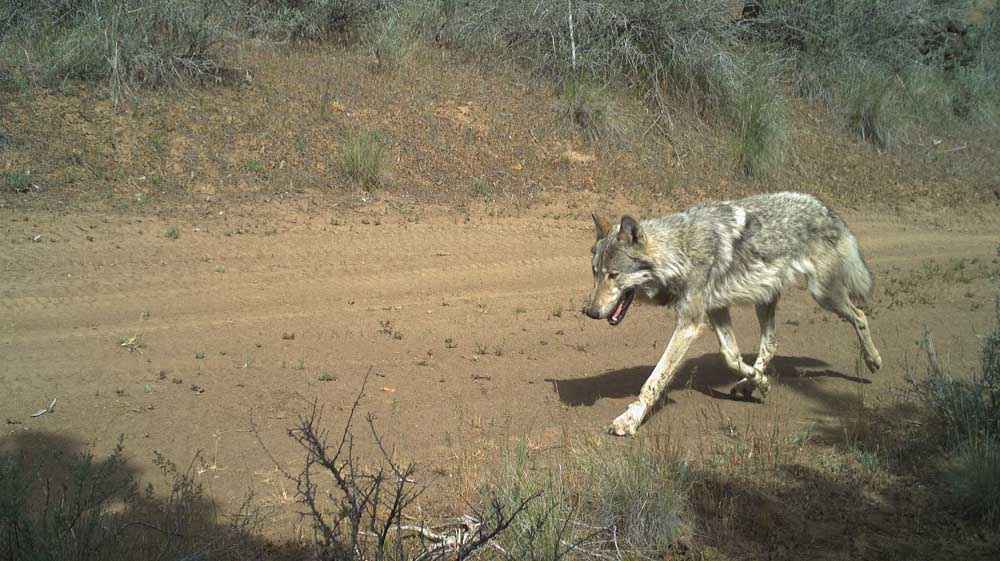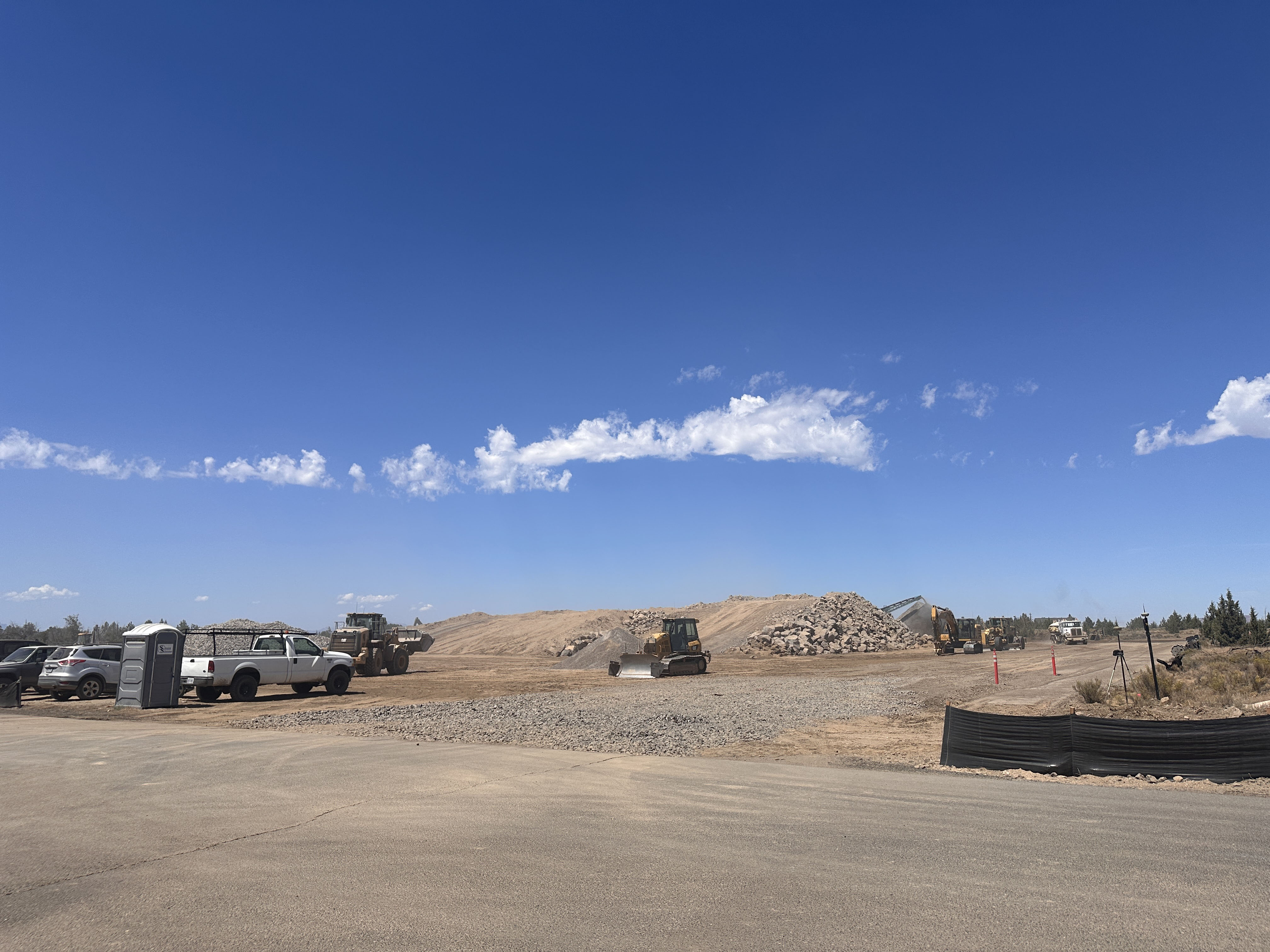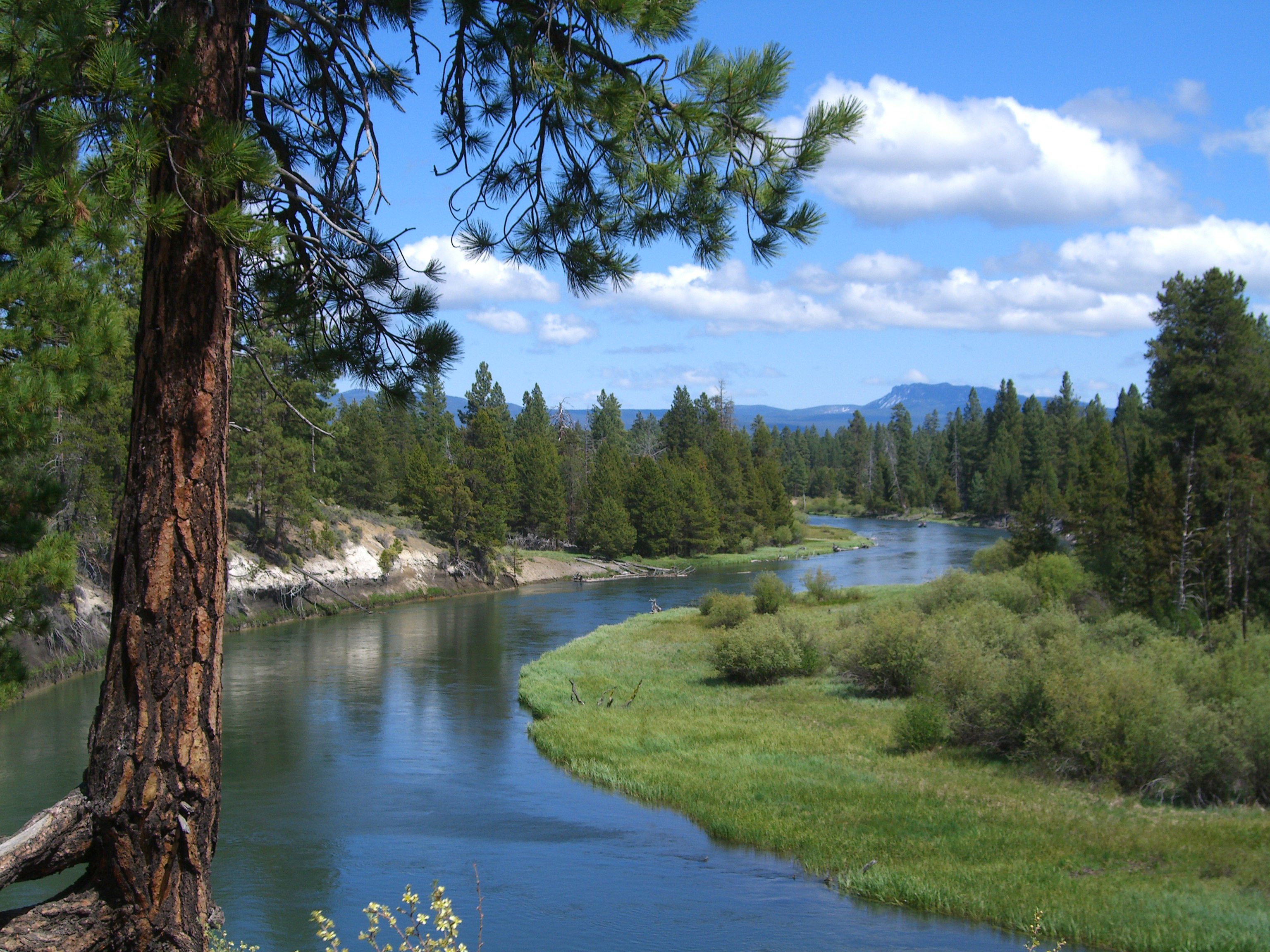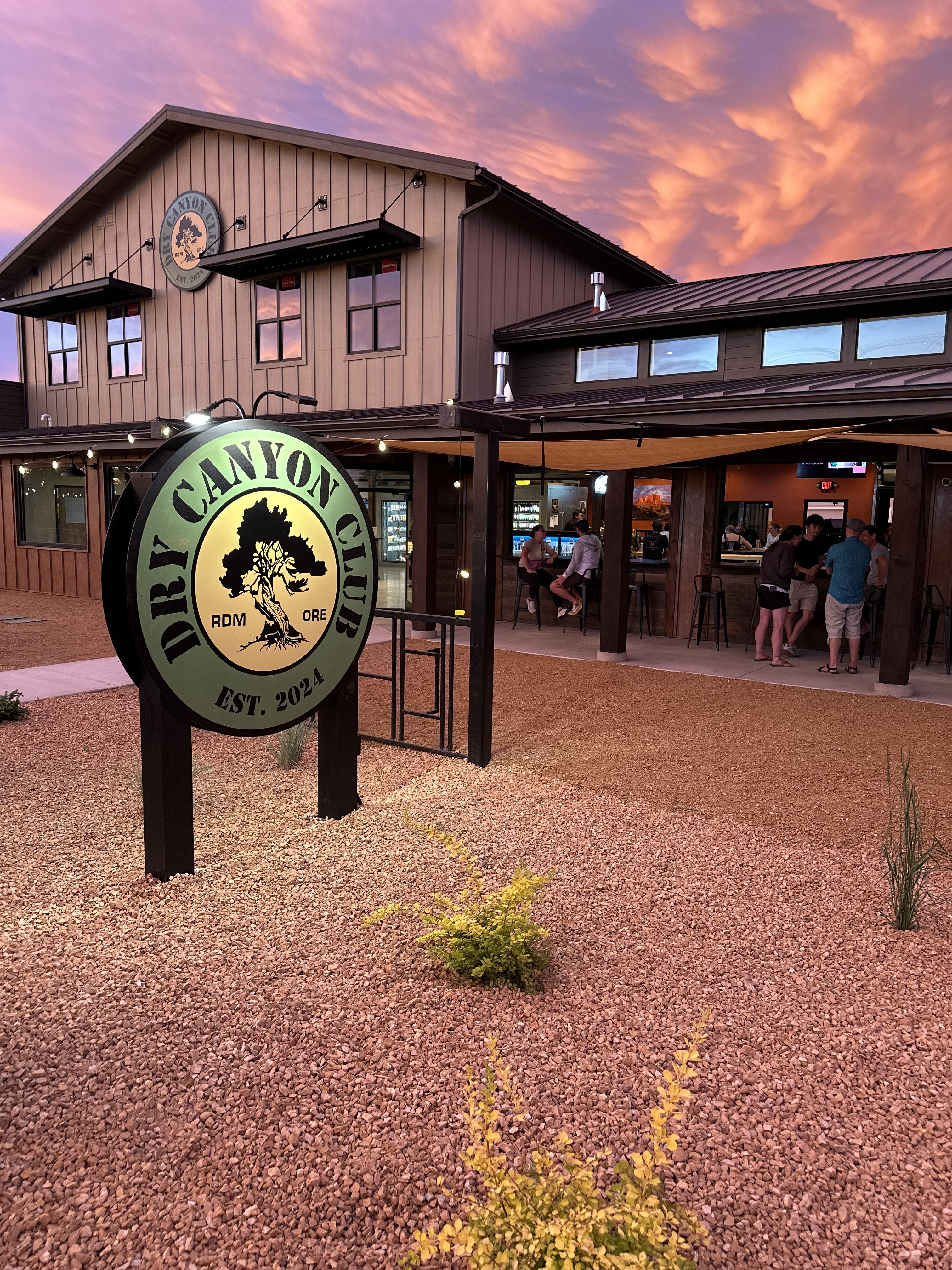Wolves are expanding their range in Central Oregon
Published 6:00 am Monday, April 21, 2025

- A wolf from the Metolius Pack trots past a trail camera in May 2022 on U.S. Forest Service land in Jefferson County. Wolves have more recently been observed in eastern Deschutes County.
A new report from the Oregon Department of Fish and Wildlife shows that the number of wolves in Central Oregon remained relatively stable compared to a year ago, although there have been changes with pack structure.
The wolf population increased from 14 wolves to 15 in Central Oregon, as of December. The tally includes seven from the Warm Springs pack, five from the Metolius pack and three from the Upper Deschutes pack.
A year ago at the same time, the Warm Springs Pack had seven wolves, the Metolius pack had two and the Upper Deschutes pack had five.
Trending
Across Oregon, wolf numbers were up in December compared to the year before, rising from 178 to 204. In the West Zone, which includes Central Oregon, biologists reported 49 wolves, up from 35 recorded in 2023.
In addition to the wolves confirmed present in Central Oregon, the region is also home to “a handful” of transient dispersing wolves, according to Aaron Bott, a wolf biologist with the Oregon Department of Fish and Wildlife.
Minimum count
Bott says Oregon’s wolf population is tracked using a minimum count, based on direct evidence, such as radio collar data, trail camera images, aerial surveys and track surveys. The number of wolves identified in the West Zone could be higher, he said.
“While we know more wolves are out there, we report only what we can document with confidence. This method provides a conservative and verifiable baseline, reflecting only those wolves we can confirm were present at the end of the year,” said Bott.
The number of wolves can shift from year to year based on a number of factors. Packs form, dissolve, grow, or shrink from year to year due to births, deaths and dispersal.
While the report reflects conditions as of the end of 2024, the numbers have likely already changed. Last month the breeding male from the Metolius Pack was illegally killed, an example of new information not reflected in the wolf report.
Wolf controversy
Trending
The presence of wolves in Central Oregon is controversial due the potential for depredation of livestock.
In order to resolve conflicts, should they occur, Deschutes County has a wolf committee — comprising officials, wolf advocates and ranchers — which can apply for state funding to compensate livestock owners for losses and pay for deterrents such as lights and motion sensors.
Confirmed and recorded cases of wolves attacking livestock in Deschutes County are rare — there have been just two confirmed cases in recent years. But sightings are sometimes reported.
Susan Prince, co-founder of the Sisters-based Wolf Welcome Committee, an advocacy group dedicated to protecting wolves in Central Oregon, says the increasing numbers of wolves in the region is a positive sign for the environment.
“They’re an indicator of a healthy eco-system, especially the Metolius area. There is a lot of continuous land there that can support these wolves. That is a real benefit, it’s a great sign that these wolves came here on their own and they are trying to stay,” she said.
Rancher concerns
Matt Cyrus, president of the Oregon Farm Bureau’s Deschutes County Chapter, is one of those who isn’t pleased to see wolf numbers increase. He describes them as an invasive species because those now inhabiting land in Oregon are descended from Canadian wolves that were released into Yellowstone National Park in the mid-1990s.
“There is quite a bit of concern and fear for livestock, given the sightings,” he said, describing how residents in rural areas of Deschutes County have spotted them on trail cameras.
Cyrus also believes that the population of wolves in Central Oregon is higher than being reported and they should be disposed of. He adds that even though compensation is offered to ranchers who lose livestock, losing an animal is still difficult because ranchers have a close relationship with their animals.
“For a lot of people’s livestock they are like someone’s pet. They have names and people care for them like a cat or a dog,” he said.
The mere presence of wolves can also create stress in a cattle or sheep herd, lowering birth rates and weakening health, said Cyrus.
He lobbies to eliminate their endangered status and says they should be removed.
“They are messing with the ecosystem. They are affecting the deer and elk numbers. Every time you add predators you are going to affect other populations,” Cyrus said.
Wolves currently have a different status in different parts of Oregon. Those west of Highways 395, 78 and 95 are listed on the federal Endangered Species Act. The U.S. Fish and Wildlife makes management decisions regarding harassment and killing of wolves in this area.
Wolves east of those highways are federally delisted and managed under the Oregon Wolf Conservation and Management Plan, overseen by the Oregon Department of Fish and Wildlife.
Wolf dispersal
Statewide, 25 packs were documented — 17 of those packs met the criteria of a breeding pair — with an average pack size of about six wolves. In Oregon, a pack is defined as four or more wolves traveling together in winter.
One of the main drivers of wolf population expansion into Central Oregon is dispersal, which happens when a wolf leaves its birth pack to search for a mate. This usually occurs when a wolf is 1 to 2 years old.
Central Oregon, particularly along the eastern slopes of the Cascades, is the current frontier of the westward wolf expansion in Oregon, said Bott, the wolf biologist.
“That makes Deschutes and neighboring counties a key focus for monitoring new wolf activity and pack information,” said Bott “The wolf groups most relevant to this region include the Warm Springs Pack, the Metolius Pack, the Upper Deschutes wolves and the newly formed Paulina Pack.”
Local wolves are showing resilience — the Metolius, Paulina and Warm Springs packs all raised pups until the end of the year. However, some long-standing packs such as the Upper Deschutes and White River wolves, did not successfully raise pups through last year.
“This underscores the natural variability in pack dynamics and reproductive outcomes. Some packs do well, while others struggle, and outcomes can shift from year to year due to a wide range of ecological and social factors,” said Bott.
Future of wolves
What the future holds for wolf populations in Central Oregon is unclear. Their numbers are influenced by a range of factors, including prey availability, human tolerance, dispersal success and the possibility of poaching.
Some areas of Central Oregon have the ecological capacity to support more wolves while other areas are fragile and have a higher chance for poaching, said Bott.
Protections for wolves in Oregon vary by location. Because Eastern Oregon has a higher concentration of wolves it has entered the so-called Phase III, long-term conservation and management phase. In this phase wildlife managers have more flexibility when it comes to wolf conflict management — including the use of lethal removal.
The West Wolf Management Zone (where Bend is located) is in Phase I of the management plan, which offers more protections for wolves.
The state considers seven breeding pairs in a region for three consecutive years as the threshold for entering Phase III, the long-term conservation and management phase.
“The eastern half of Oregon has already reached that benchmark,” said Bott. “The West Wolf Management Zone is still working toward it.”
Increasing numbers is not necessarily the goal of wildlife managers. They prefer sustainable numbers.
“What matters most is not just the number of wolves in one place, but the ability to maintain a connected, genetically diverse population across the landscape,” said Bott. “Our goal is a recovery that is sustainable, resilient, and grounded in practical coexistence.”









